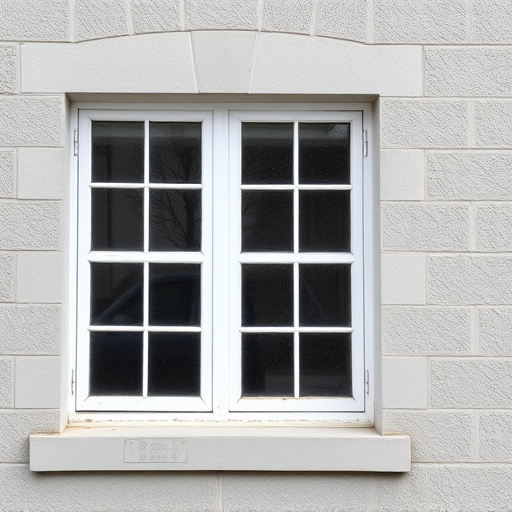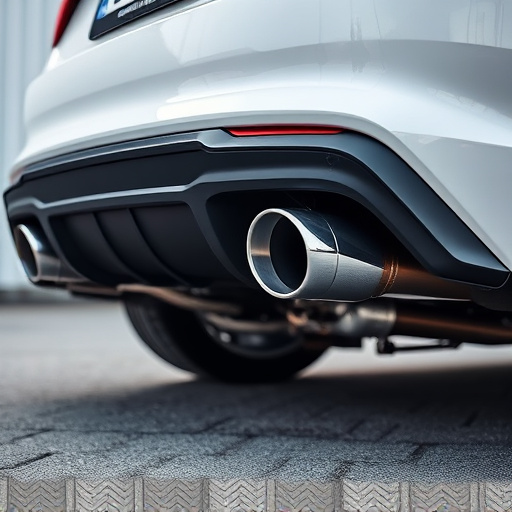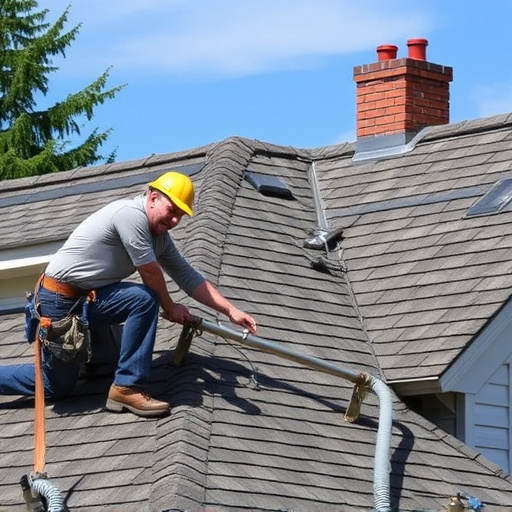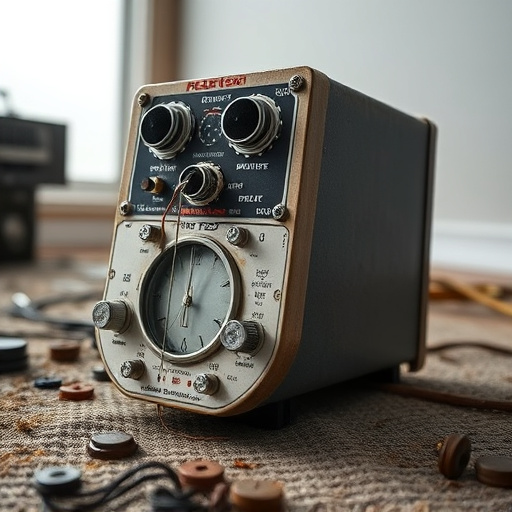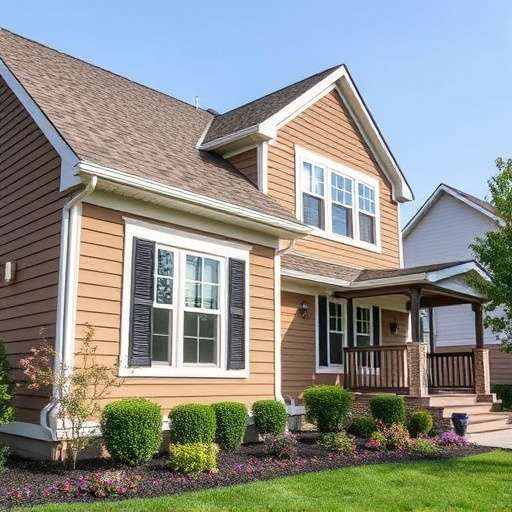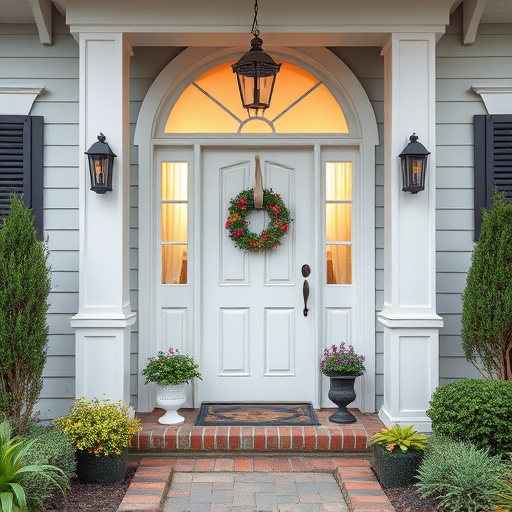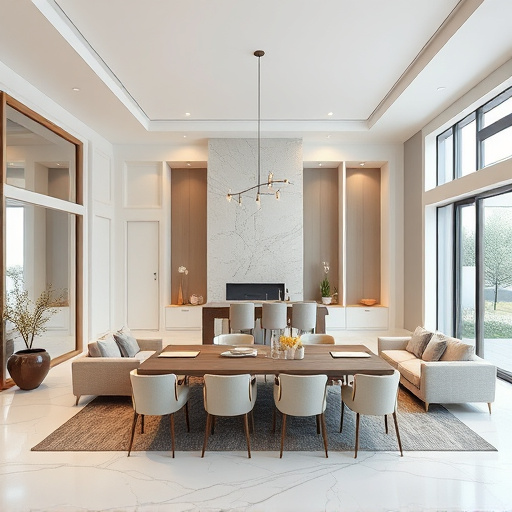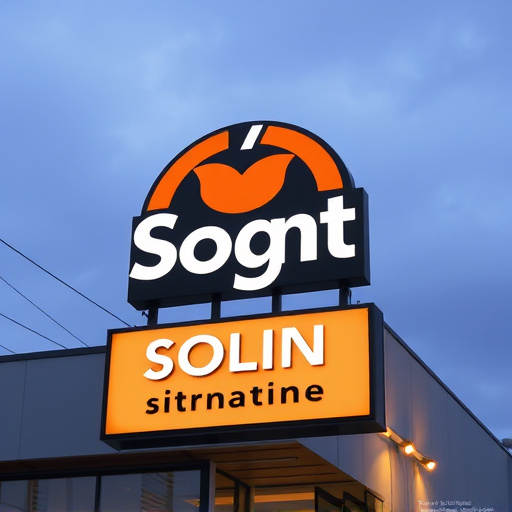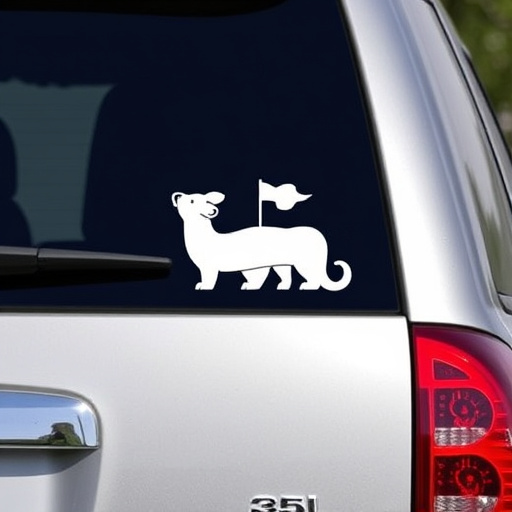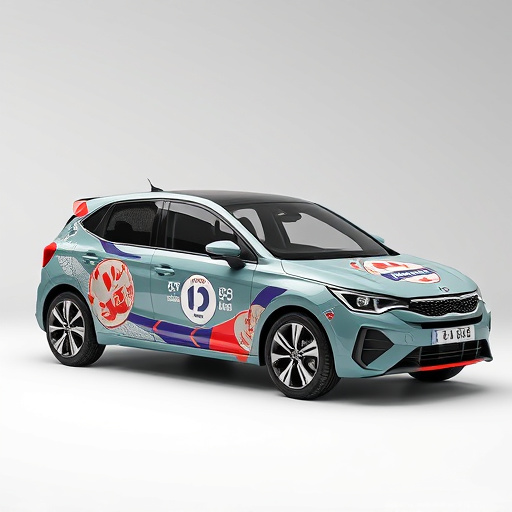Hydrophobic coatings enhance water repellency but require careful selection. Avoid applying them to porous, hydrophilic materials like wood or fabrics as they can trap moisture, leading to damage. High-humidity areas and surfaces with poor air circulation should be considered carefully due to potential water buildup and reduced performance. Choose hydrophobic coatings wisely for vehicle protection and ceramic coatings, balancing benefits against environmental factors and surface properties.
“Not all surfaces benefit from a hydrophobic coating, and understanding which materials and environments to avoid is crucial for optimal performance. This article explores specific materials that are unsuited for hydrophobic coatings, highlighting critical environmental factors where these coatings should be steered clear of. We also delve into common surfaces that demand careful consideration, offering insights to ensure efficient and effective application of hydrophobic coatings in various industries.”
- Specific Materials Not Suitable for Hydrophobic Coating
- Environments Where Hydrophobic Coating Should Avoid
- Common Surfaces That Require Careful Consideration
Specific Materials Not Suitable for Hydrophobic Coating

When considering hydrophobic coatings, it’s crucial to understand that not all materials are suitable candidates for this treatment. Certain surfaces and materials have unique properties that make them ill-suited for coating applications, especially hydrophobic ones. These include organic compounds like wood and certain types of fabrics, which possess natural hydrophilic characteristics – they attract water and moisture. Applying a hydrophobic coating here could lead to an uneven finish or even damage the material’s structure, compromising its integrity.
Additionally, materials with porous textures, such as unglazed ceramics or some concrete surfaces, should be approached with caution. Hydrophobic coatings can fill in these pores, potentially hindering breathability and creating a trap for moisture, which could lead to degradation over time, especially in harsh environmental conditions. This is particularly relevant when considering applications like vehicle protection or custom graphics on ceramic coatings, where the material’s natural properties play a significant role in determining the longevity of the coating job.
Environments Where Hydrophobic Coating Should Avoid

While hydrophobic coatings offer numerous benefits for certain surfaces, there are environments where their use should be avoided. High-humidity areas like bathrooms and kitchens can pose challenges for hydrophobic coatings, as they may not allow moisture to evaporate effectively, leading to potential water damage over time. These coatings also tend to deter water from cleaning purposes, making it difficult to remove dirt, grime, and even mold buildup, which is a common issue in such spaces.
Additionally, surfaces that require efficient heat rejection should not be coated with hydrophobic materials. For instance, exterior walls or roof tiles designed to maximize airflow and dissipate heat might lose their intended functionality if coated. This could impact energy efficiency and the overall performance of cooling systems. Remember, when considering hydrophobic coatings, it’s crucial to assess the specific environment and surface properties to ensure optimal results and avoid potential long-term issues related to water buildup or reduced heat transfer.
Common Surfaces That Require Careful Consideration

In considering which surfaces should hydrophobic coating be avoided, it’s important to understand that while these coatings offer excellent water repellency and vehicle protection, they can cause unforeseen issues when applied to certain materials. Common surfaces that require careful consideration include those made from delicate or porous materials like wood, certain fabrics, and unsealed stone or tile.
While the shiny finish and improved paint correction might be appealing initially, hydrophobic coatings can trap moisture in these porous materials, leading to staining, mold growth, and even structural damage over time. Additionally, UV protection, a common selling point for these coatings, becomes less effective when applied to surfaces that don’t allow proper air circulation, negating one of the key benefits intended for protective layers like those on vehicles.
While hydrophobic coatings offer numerous benefits, it’s crucial to remember that not all surfaces are suitable for this treatment. Certain materials and environments can lead to poor performance or even damage when coated hydrophobically. When considering a hydrophobic coating, pay close attention to the surface material and surrounding conditions to ensure optimal results and prevent unnecessary issues.

